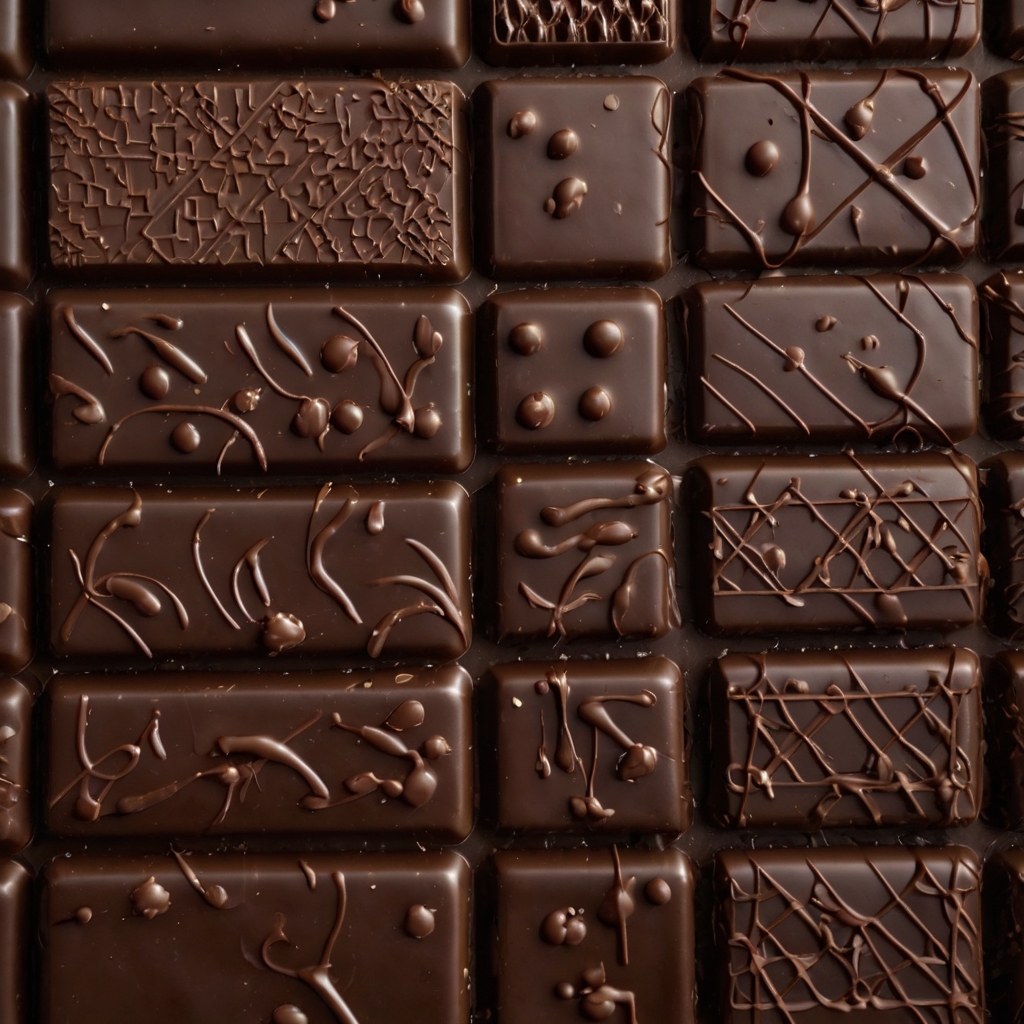9 Iron-Rich Foods to Combat Fatigue and Anemia
Iron is a crucial mineral that plays a vital role in the production of hemoglobin, a protein in red blood cells that carries oxygen throughout your body. Without enough iron, your body can’t produce enough healthy oxygen-carrying red blood cells, leading to iron deficiency anemia. This condition can cause fatigue, weakness, and a host of other symptoms. Incorporating iron-rich foods into your diet can help combat these issues and boost your energy levels. Here are nine foods that are high in iron and can help fight fatigue and anemia:
1. Spinach
Spinach is a powerhouse of nutrients, including iron. One cup of cooked spinach contains about 6.4 mg of iron. It’s also rich in vitamin C, which helps improve the absorption of iron from plant-based sources. Add spinach to salads, smoothies, or sauté it as a side dish to boost your iron intake.
2. Lentils
Lentils are a versatile and iron-rich legume, providing about 6.6 mg of iron per cup when cooked. They are also high in protein and fiber, making them a nutritious addition to soups, stews, salads, and even veggie burgers.
3. Red Meat
Red meat, such as beef, lamb, and pork, is one of the best sources of heme iron, which is more easily absorbed by the body compared to non-heme iron found in plant-based foods. A 3-ounce serving of beef liver, for example, contains about 5.4 mg of iron. Including moderate amounts of red meat in your diet can significantly boost your iron levels.
4. Quinoa
Quinoa is a gluten-free grain that is not only high in iron but also a complete protein, meaning it contains all nine essential amino acids. One cup of cooked quinoa provides around 2.8 mg of iron. Use quinoa as a base for salads, bowls, or as a side dish to your meals.
5. Pumpkin Seeds
Pumpkin seeds are a tasty and portable iron-rich snack. One ounce of pumpkin seeds contains approximately 2.5 mg of iron. They can be eaten on their own, sprinkled over salads, or added to trail mix for a nutritious boost.
6. Tofu
Tofu is a staple in vegetarian and vegan diets and is packed with iron. Half a cup of firm tofu provides around 3.4 mg of iron. It’s also a great source of protein and can be used in a variety of dishes, from stir-fries to smoothies.
7. Chickpeas
Chickpeas, also known as garbanzo beans, are rich in iron, with one cup of cooked chickpeas containing about 4.7 mg of iron. They are incredibly versatile and can be used in salads, stews, curries, and made into hummus.
8. Fortified Cereals
Many breakfast cereals are fortified with iron, making them an easy way to increase your iron intake. Check the nutritional label to find cereals that provide 100% of the daily value for iron per serving. Pairing your cereal with a source of vitamin C, such as orange juice, can enhance iron absorption.
9. Dark Chocolate
Good news for chocolate lovers! Dark chocolate is not only delicious but also a good source of iron. One ounce of dark chocolate (70-85% cocoa) contains around 3.3 mg of iron. Enjoy it as a treat or add it to your favorite desserts for an iron boost.
Tips for Enhancing Iron Absorption
- Pair with Vitamin C: Consuming foods high in vitamin C (such as citrus fruits, bell peppers, and strawberries) alongside iron-rich foods can enhance iron absorption.
- Avoid Certain Beverages: Tea, coffee, and dairy products can inhibit iron absorption, so try to consume them between meals rather than with iron-rich foods.
- Cook in Cast Iron: Cooking with cast iron cookware can increase the iron content of your food.
Conclusion
Incorporating these iron-rich foods into your diet can help combat fatigue and anemia by boosting your iron levels. Remember to pair plant-based sources of iron with vitamin C-rich foods to maximize absorption and consult with a healthcare provider if you suspect you have an iron deficiency or anemia. By making mindful dietary choices, you can improve your energy levels and overall well-being.
